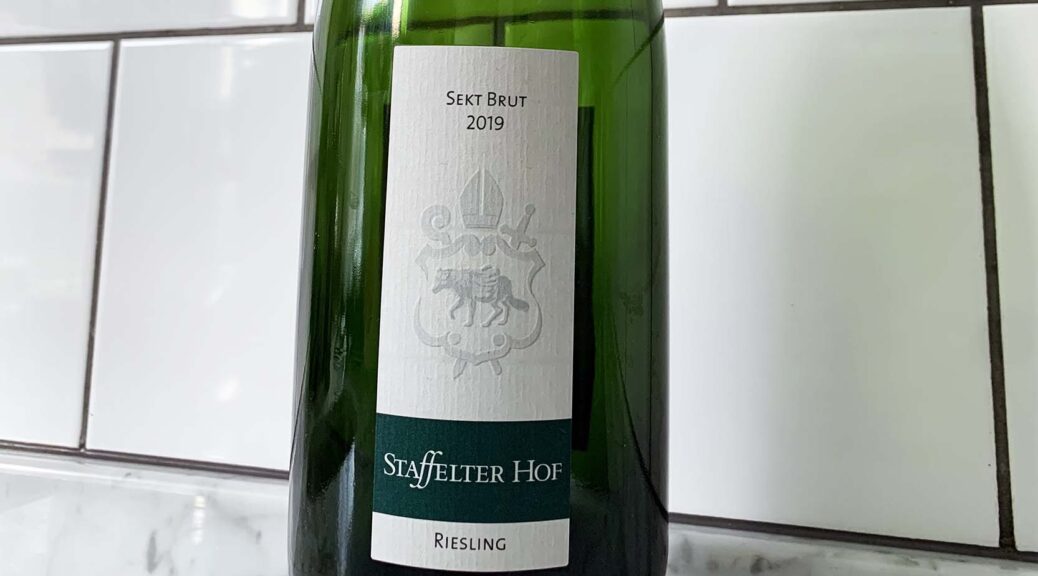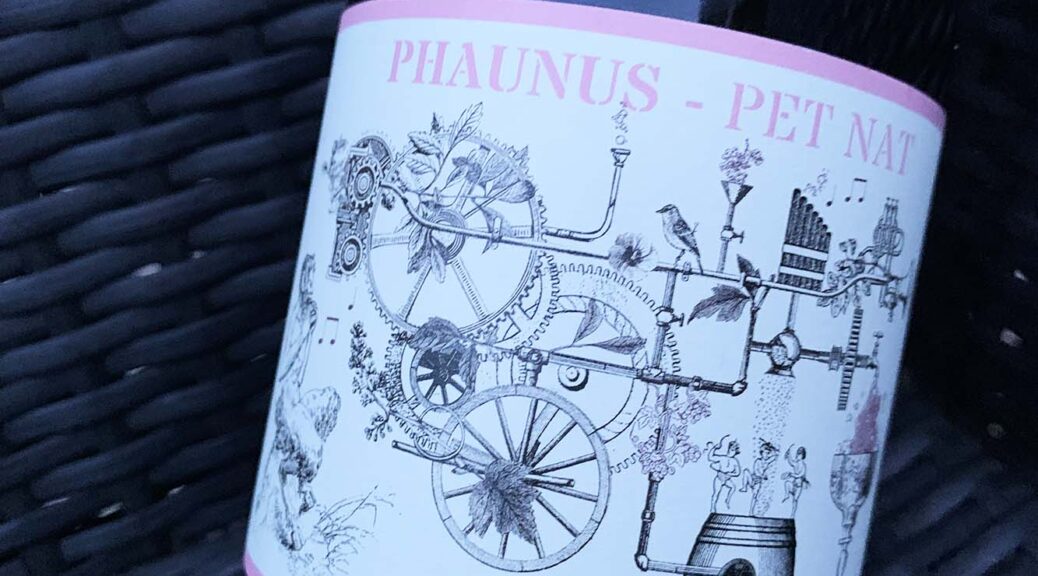Delicious yellow stone fruit, honeydew melon, minerals and moist earth combined with lingering bubbels – an organic sparkling Sekt from the Mosel producer Stafetter Hof in Germany, vintage 2019.
Sekt is a German word for Sparkling wine, and this wine is produced in the same way as Champagne through the traditional method. This means that the bubbles are created in a second fermentation in each bottle, creating very integrated mousse and the wine is then left on its lees after the second fermentation (in this case at least 9 months).
On the nose I get elegant hints of honey, yellow stone fruit and melon as well as moist earth and some automatic toasty notes. On the palate I get brisk acidity and on top of the aromas also notes of mirabelle plum and peach rounded off with mineral impressions. It has a long finish and a balanced rounded body with fruit concentration matching the high acidity level. Slightly sweet finish in the Brut style, meaning a maximum of 12 g/l – for this wine the sweetness is 9,2 g/l. The alcohol level is 12,5 % abv.
The Mosel producer Stafetter Hof Winery in Kröv has produced wine since 862, so the tradition goes a long way back! Now they are very involved in sustainability issues and the biodiversity in their soils and vineyards. They can already produce 80% of the energy they need and plan to buy sheep to integrate in their soils management, among other things.
This wine, with its integrated mousse combined with its honey and steely notes is very pleasant both on the nose and the palate – so it gets 92 points! In Sweden it can be bought at Systembolaget at the price of 242 SEK, and the nr is 73484.
This Riesling Sekt, with concentrated fruit notes and its elegant high acidity goes very well with many food dishes. Try it with leak cream soup, fish fillet with creamy sauce or veal ragout – as well as creamy cheeses and salads with cheese and herbs!



